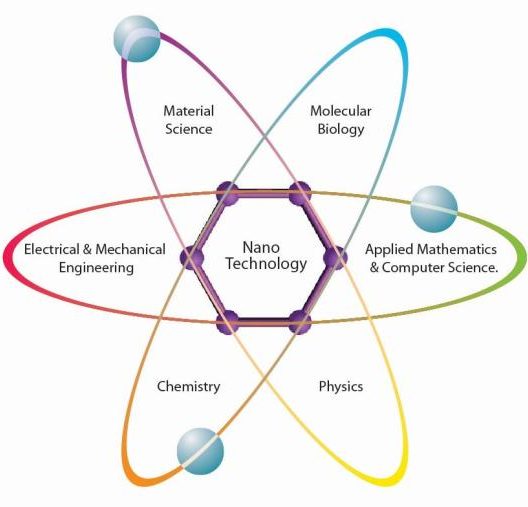
Positive (+): LiMO2 <–> Li1-xMO2 + xLi+ + xe–
Negative (-): xLi+ + xe– + C <–> LixC
M = transition metal
NANO 761: Introduction to Nano Energy, Lecture 4 – Lithium Ion Battery, Cathode to Anode, Spring 2018, JSNN
Topics: Battery, Climate Change, Green Tech, History, Nobel Laureate, Nobel Prize
John B. Goodenough, a professor at The University of Texas at Austin who is known around the world for the development of the lithium-ion battery, died Sunday at the age of 100. Goodenough was a dedicated public servant, a sought-after mentor, and a brilliant yet humble inventor.
His discovery led to the wireless revolution and put electronic devices in the hands of people worldwide. In 2019, Goodenough made national and international headlines after being awarded the Nobel Prize in chemistry for his battery work, an award many of his fans considered a long time coming, especially as he became the oldest person to receive a Nobel Prize.
“John’s legacy as a brilliant scientist is immeasurable — his discoveries improved the lives of billions of people around the world,” said UT Austin President Jay Hartzell. “He was a leader at the cutting edge of scientific research throughout the many decades of his career, and he never ceased searching for innovative energy-storage solutions. John’s work and commitment to our mission are the ultimate reflection of our aspiration as Longhorns — that what starts here changes the world — and he will be greatly missed among our UT community.”
UT Mourns Lithium-Ion Battery Inventor and Nobel Prize Recipient John Goodenough, UT News
Until the announcement of his selection as a Nobel laureate, Dr. Goodenough was relatively unknown beyond scientific and academic circles and the commercial titans who exploited his work. He achieved his laboratory breakthrough in 1980 at the University of Oxford, where he created a battery that has populated the planet with smartphones, laptop, and tablet computers, lifesaving medical devices like cardiac defibrillators, and clean, quiet plug-in vehicles, including many Teslas, that can be driven on long trips, lessen the impact of climate change and might someday replace gasoline-powered cars and trucks.
Like most modern technological advances, the powerful, lightweight, rechargeable lithium-ion battery is a product of incremental insights by scientists, lab technicians, and commercial interests over decades. But for those familiar with the battery’s story, Dr. Goodenough’s contribution is regarded as the crucial link in its development, a linchpin of chemistry, physics, and engineering on a molecular scale.
John B. Goodenough, 100, Dies; Nobel-Winning Creator of the Lithium-Ion Battery, Robert D. McFadden, New York Times
Before I met Professor Steve Wienberg, I had read my cousin Wilbur’s copy of “The First Three Minutes.” Little did I know that he would autograph it for me or that I would meet him, along with his former student (and my friend, Dr. Mark G. Raizen), at the National Society of Black Physicists in the fall of 2011 in Austin, Texas.
I never met John B. Goodenough, but I did study his theories in a class on battery nanomaterials at my graduate school. “Engineering on a molecular scale” is essentially what I studied in Nanoengineering, as batteries will only store charges longer and get better at the nanomaterials level. This is the way we will make the transition from fossil fuels to cleaner, more income-equitable options.
Ph.D. seemed so far away until the Hooding Ceremony. A few things about the tributes struck and moved me deeply:
He and his wife had no children, but Dr. Goodenough was enthusiastic about teaching, mentoring, and giving back. UT said he often donated any honorarium to the university.
He was from a home that, from the NY Times, was neglectful to him and indifferent.
He suffered from dyslexia and overcame it to achieve a Ph.D. in 1952 and a Nobel Prize at 97 in 2019. Everyone has their struggles, but for the love of science, he overcame them without excuses. A HUGE part of obtaining a degree in a STEM field is pure grit. Some of us quit too early from our dreams or debase our abilities before we even try.
The modern age we take for granted is possible because of humble spirits in laboratories, coding software, at dry erase boards full of equations who pushed a little further than any of their self-doubts. We are fortunate they pressed forward.
Nanos gigantum humeris insidentes – First recorded by John of Salisbury in the twelfth century and attributed to Bernard of Chartres. Also commonly known by the letters of Isaac Newton: “If I have seen further, it is by standing on the shoulders of giants.”

John B. Goodenough in 2017. Two years later, when he was 97 and still active in research at the University of Texas at Austin, he became the oldest Nobel Prize winner in history. Credit…Kayana Szymczak for The New York Times
